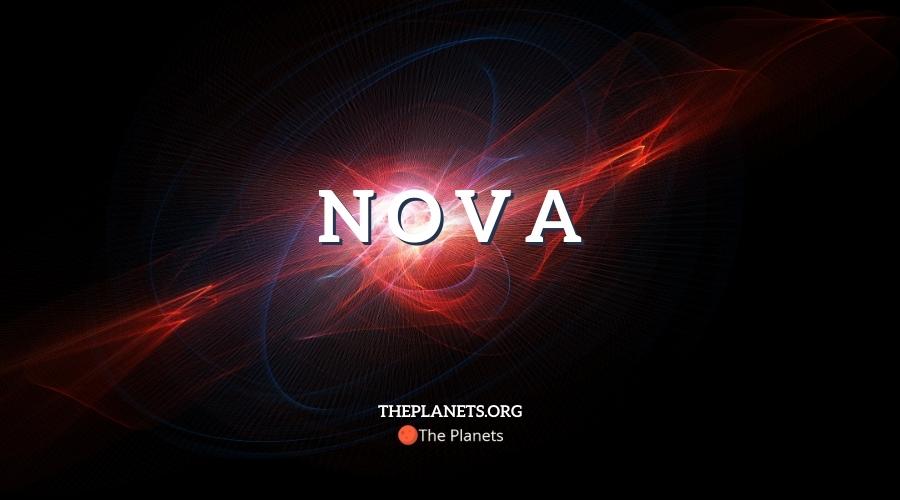
In this article, we’ll look at what a nova is and how it relates to a supernova. You can use this information to amaze your friends the next time you’re in science class or observing space through a telescope.
Nova
A nova is a type of star called a white dwarf star. White dwarf stars can exist as standard stars but become novas when they take energy from a red giant star. As the name implies, this type of star is much larger. To form a nova, the star needs to pull and absorb energy from the red giant star, which can take quite a bit of time. This leads to a nuclear fusion between the two stars and will cause an explosion that creates the nova. Instead of the stars exploding, the merge to form a nova. If more than one explosion occurs, the star will become a recurrent nova.
Supernova
The term supernova refers to a nova that glows brighter than any other star in the universe. It can become the brightest point in an entire galaxy for a short period. Astronomers now believe that there are at least two different types of supernovas: Type I and Type II.
Type I Supernova
A Type I supernova requires both a red giant star and a white dwarf star. The red giant is a companion star that exists close by. When the white dwarf star absorbs energy, it essentially kills the second star. Once the core of the star dies, it can create a thermonuclear explosion that completely kills it. This explosion will create a powerful blast that eliminates the second star and sends all its energy to the supernova.
Type II Supernova
With a Type II supernova, the main star has a mass that is several times that of the sun. It has such a large mass that the star cannot support itself. This type of star will absorb energy from its companion until it can no longer get any larger. This causes the star to collapse on itself and create a large explosion. The main difference between the two types is that a Type II supernova contains hydrogen.
Superluminous Supernova
Another type of nova is a superluminous supernova or a hypernova. If you ever watched any of the Fantastic Four movies or films that featured the Incredible Hulk, you probably heard the term gamma rays. These are the rays in space that gave those heroes their powers. This type of supernova can release gamma radiation when it explodes, though the odds that those rays will give you superpowers are slim. A superluminous supernova can release up to 50 times more energy than a standard supernova can.
New Star
Nova is a term that means new star. Astronomers first used this term to describe the brightest stars that they saw because they believed that the objects were new stars. For a nova to form, the star must be in a binary system with both a companion and a white dwarf star. The white dwarf will pull gases from that second star and turn the gas into energy. This causes the surface of the white dwarf to release that energy in a large explosion. If there is more than one nova in the same system, astronomers refer to them as novae.
How Long Does a Nova Last?
The visible effects of a nova can last for a short or long period based on the amount of energy released. It typically lasts for at least a few days and might be visible for up to several weeks. A good way to look for novae is through a telescope lens. You’ll want to scan the sky and narrow down on the stars that appear the brightest. If you mark the spot and return to it every day, you can see the nova as it fades away. Astronomers use powerful telescopes in their observatories to identify and track novae.